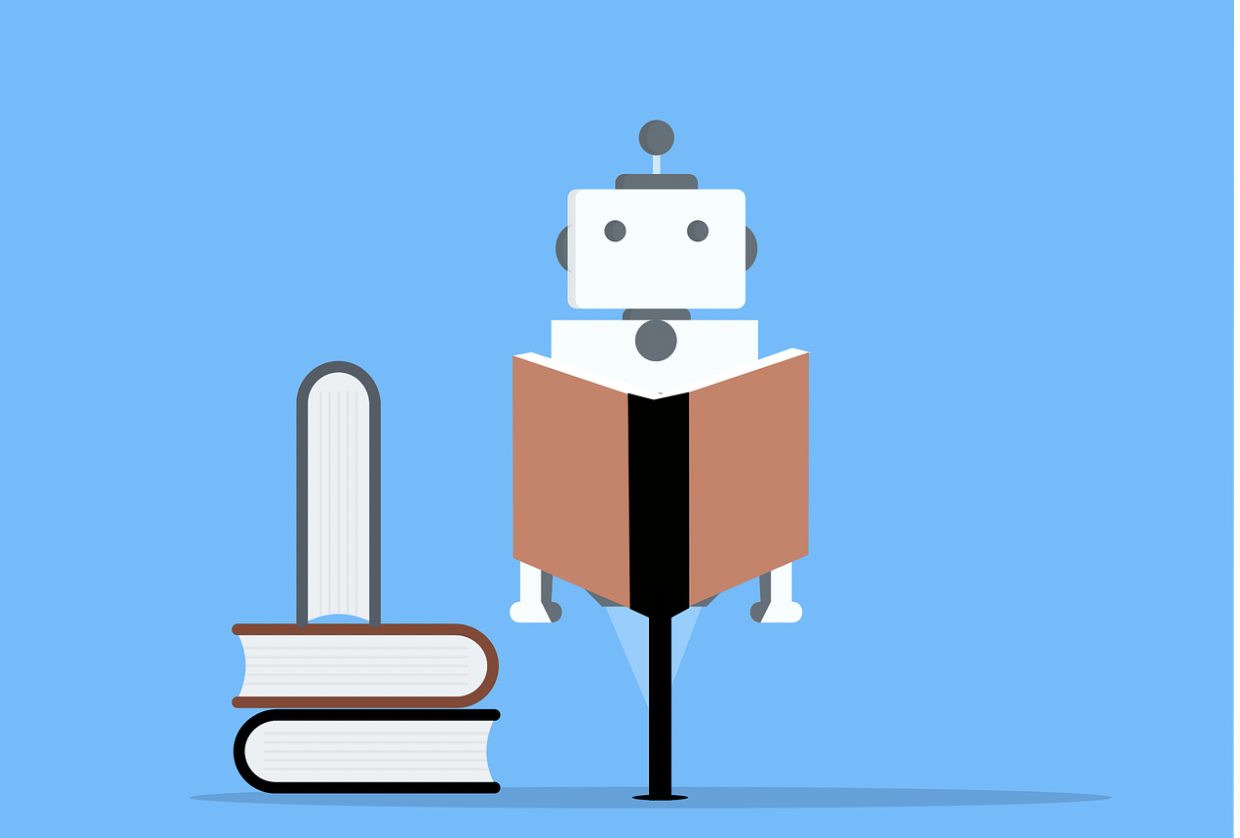Introduction
Machine Learning refers to the phenomenon of systems learning and improving themselves autonomously after they have been initially setup. It is an application of the broader and exciting field of Artificial Intelligence.
Arthur Samuel of IBM, is credited with the coining of the term, “machine learning” during his research with the game of checkers. Robert Nealey, the self-proclaimed master of the game, played it with IBM 7094 computer in 1962, and lost. Compared to what can be done today, this feat doesn’t account for much, but certainly was an important event of the time.
More recently, the global ML market size was valued at $19.20 billion in 2022 & is expected to grow from $26.03 billion in 2023 to $225.91 billion by 2030 which shows the importance of this field.
Types of ML
Supervised ML: In this, the machine is trained over labeled datasets. For example, the machine is shown pictures of various breeds of dogs with correct names. It studies the pictures and adjusts its algorithmic weights to associate the parameters to the various types.
Unsupervised ML: In this type of ML, the labeling is not provided. The machine segregates and groups data by identifying differences, similarities and patterns. It then assigns arbitrary names to the clusters. This technique is useful for exploring data, customer segmentation, and image and pattern recognition.
Semi-supervised ML: In this type of ML a compromise between supervised and unsupervised ML is made. Here, the machine is trained on a partly labeled set and partly unlabelled set. The machine combines the learning from both these sets and is able to perform better.
Reinforced ML: Here there is no training at all. The machine learns by hit and trial and according to reinforced success or failure adjusts its algorithmic weights.
Applications of ML
In Healthcare: ML helps medical practitioners in analyzing trends and flagging events that improve patient diagnoses and treatment. It helps predict lifespans of patients suffering from fatal diseases with great accuracy. Drug discovery and personalized treatment are also important benefits.
In Finance: In this sector, ML is used to draw insights from vast volumes of data and tackle fraudulent activities. It helps traders identify investment opportunities. CitiBank and PayPal are two companies that use ML.
In Retail: Here, ML is employed to monitor sales’ data and analyze it to offer insights to the retailer. ML helps in marketing campaigns, customer merchandise planning, and price optimization. Amazon is an example where product recommendations are made using ML.
Ride-Services: ML is used extensively in taxi-services like Uber and Ola. Uber uses an ML model called ‘Geosurge’ to manage dynamic pricing parameters which performs real-time predictive modeling on traffic patterns, supply, and demand.
In Social Media: ML plays a pivotal role in driving social media platforms. For example, Facebook uses it to recognize familiar faces in users’ contact lists and facilitates automated tagging. Similarly, LinkedIn predicts when you should apply for your next role, whom you need to connect with, and how your skills rank compared to peers.
Personalized AI assistants: AI chatbots like Alexa and Siri that use ML are expected to evolve further so that they can provide more personalized experiences, such as offering legal advice on various matters, making critical business decisions, and delivering personalized medical treatment.
Self-driving cars: Self-driving cars have already been tested on streets. They are capable of driving in complex urban settings without human intervention. There are four main tasks that ML performs – object detection, object Identification, object localization, and prediction of movement.
Afterword
The main benefit of ML is that it provides high-value predictions that guide smart actions in real time autonomously. However there are some dangers. Privacy is an issue – can we trust a decision-making machine with vast stores of data? Accountability is another – can a machine be liable for a decision that leads to a crime ? Is the programmer responsible ?
There is no significant legislation so far in this regard, but to fill-in the gaps, ethical frameworks have emerged as part of a collaboration between ethicists and researchers. What remains to be seen is that in such a fluid situation how our humanity can guide our programmers and policy makers, to build codes and systems with safeguards that maintain healthy modicums of ethics.
Image Sourced from Freepik
